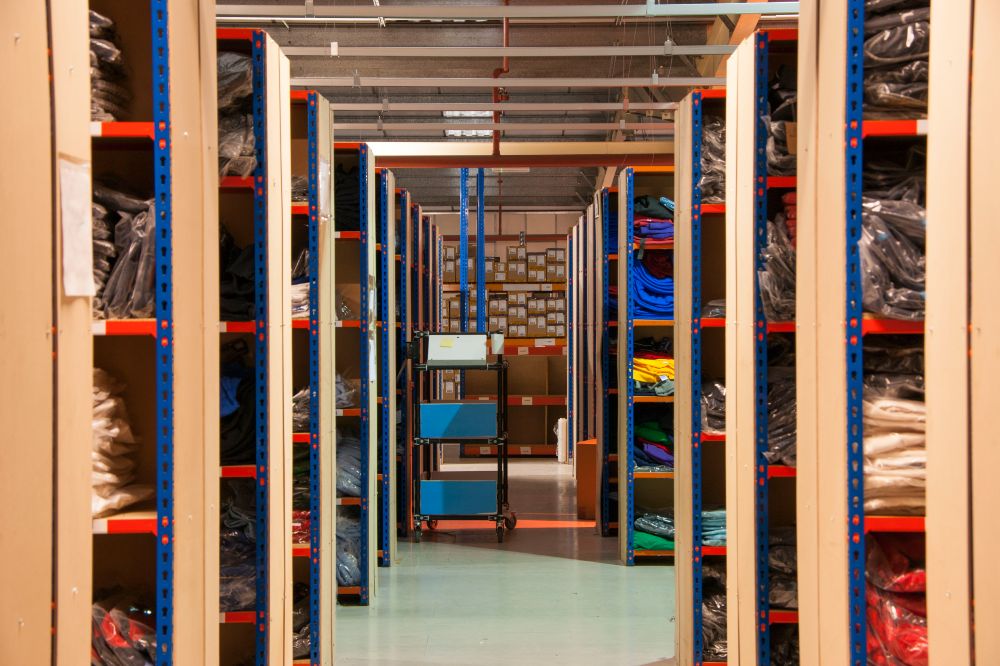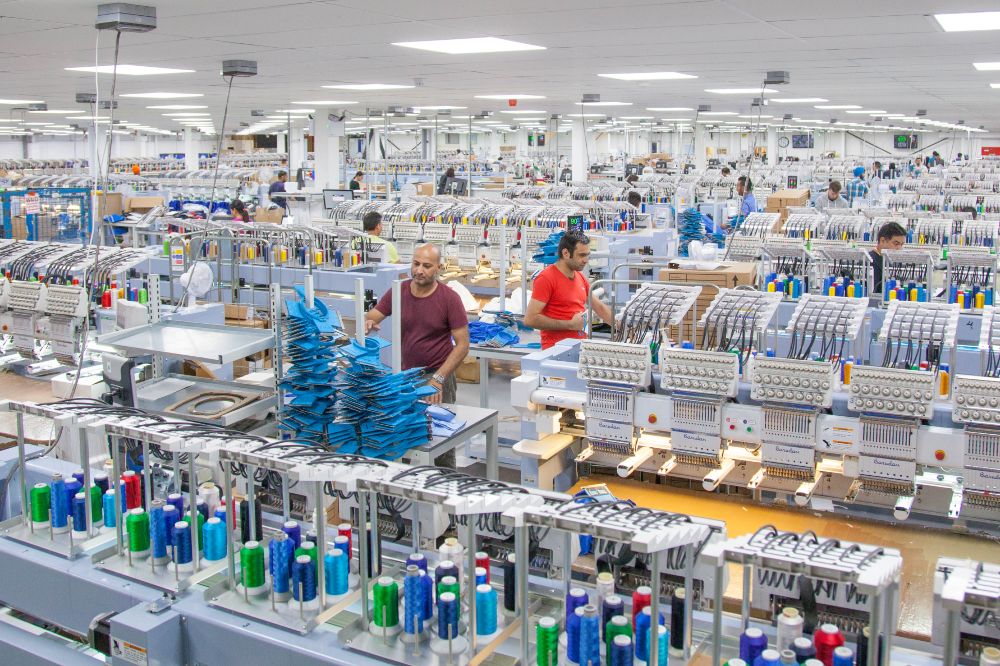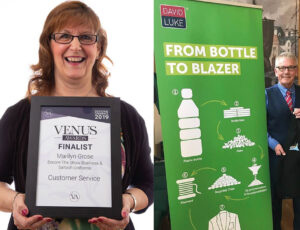
How online schoolwear retailer My Clothing is caring for its customers and the planet.
Laura Turner: When and by whom was My Clothing established?
Kelwin Heighton: When Tesco decided to exit the embroidered school uniform market in 2018, Inder Jain, CEO of our parent company Slick Stitch, agreed to establish a new brand − My Clothing − to continue to supply over 7,000 schools and 1.2 million parents. Having spent 10 years providing warehousing and decoration services to Tesco, we knew exactly what was required to service the customer base.
Since My Clothing was set up in 2019, we have built strong relationships with other suppliers in the schoolwear sector to enable us to deliver a comprehensive value offering to schools and parents. In 2022 we moved My Clothing’s front-facing website to Shopify to give customers a very simple, stable network. It also offers a highly secure online payment process, which gives both our customers and us confidence.
In 2023 the warehouse and supply chain moved to Microsoft Dynamics NAV, which gives the business full clarity of all orders in process. These factors have helped contribute to consistent 5-star Trustpilot results (72% of results are 5-star). With over 16,000 reviews, this is a key metric for the business, making us one of the most trusted national suppliers in the schoolwear industry.
LT: How are you helping customers during this tough economic climate?
KH: In 2022 we made the decision to provide our customers with the security of no price rises before 2024. We also offer multiple promotions, including free delivery and 10-15% discount periods. Klarna is an option for some customers too, allowing them to spread the cost of school uniform over three months.
LT: Can you tell us more about your factory in Wolverhampton?
KH: Slick Stitch purchased the current building in 2015 and spent a significant time redesigning the layout to give a simple and efficient operational flow. The building itself has significant stock holding capacity, with additional satellite warehousing giving the group access to approximately 150,000 sq. ft of storage capacity.
With over 1,000 embroidery heads, planning around noise reduction of the facility was key, with layout and a noise absorbing roof infrastructure allowing a busy production floor to sound quiet. Recent investments in laser engraving high output direct-to-film printing has also allowed the business to grow its ability for one part production to reduce waste of finished products.

LT: How else is My Clothing working to reduce waste and promote sustainable practices?
KH: We changed our dispatch bags to 100% recyclable, produced from 80% recycled material. All our man-made fibres are from recycled sources and our cotton is sourced in conjunction with the Better Cotton Initiative. We have been working with Sedex for a long time and in 2010 we became part of the Ethical Trade Initiative.
We also try to engineer our products so that they last longer, meaning less spend and fewer garments needed, and we have a team investigating a reuse platform for returns. The biggest single thing we do, however, is to only decorate on demand. This ensures we are not tying up products with logos and reducing the number of potential customers for that garment or wasting garments if a school alters its logos.
LT: How do you feel about this year’s Back to School?
KH: It is always a challenging time for all schoolwear businesses. All of us need to be at the top of our game in order to support the whole industry. From our side, we have not only invested in the aforementioned systems, but we have the widest, deepest range of plain stock on the shelves. We aim to deliver to customers well within 14 days of receiving an order, and we hope to keep this to seven days to allow as many late buyers as possible.
LT: What is the strategy for the business for the remainder of 2023 and beyond?
KH: A key business target is to achieve at least 90% 5-star reviews, to grow our primary school customer base, and via our strong tender team move more into the secondary market. To do this we will need to supply our customers with the widest range of products we can offer, as and when they require. We are also investigating a full organic range at a price point for all customers.












